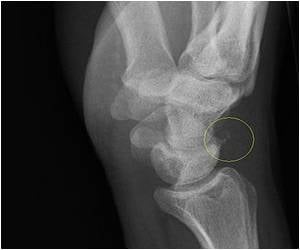The idea of using hypothermia to help patients with severe heart disease or trauma was revived about two decades ago
The idea of using hypothermia to help patients with severe heart disease or trauma was revived about two decades ago when W. Dalton Dietrich and his colleagues noticed that the rats in their laboratory experienced the similar symptoms for a stroke, but had different responses.
"We were perplexed," Dietrich commented. When the researchers measured the temperatures in the rats' brains they found that rates with cooler brain temperatures were better off than those with warmer ones. That finding has now brought back hypothermia in the limelight. Even the American Heart Association has given the go ahead to use it as a means of controlling cardiac arrest.Two studies published in the New England Journal of Medicine had found that cardiac arrest patients who were cooled off were more likely to survive than those who were not cooled. Such patients even had less sever brain damage. The basic premise behind hypothermia is that cooling the cells allows them to survive longer in the absence of oxygen. Dr. Vinay Nadkarni, a University of Pennsylvania intensive care specialist, who was a member of the committee that recommended hypothermia as a viable treatment says it is "the most promising intervention for CPR outcomes over the past 40 years." However questions remain. There is no consensus on who benefits the most, or should the whole body be cooled? "The great hope would be that in the near future we could appropriately identify . . . the patients at risk who could benefit, and who could be cooled quickly and safely,” commented Nadkarni. "If we can do that, we've got the intervention of the century on our hands."











